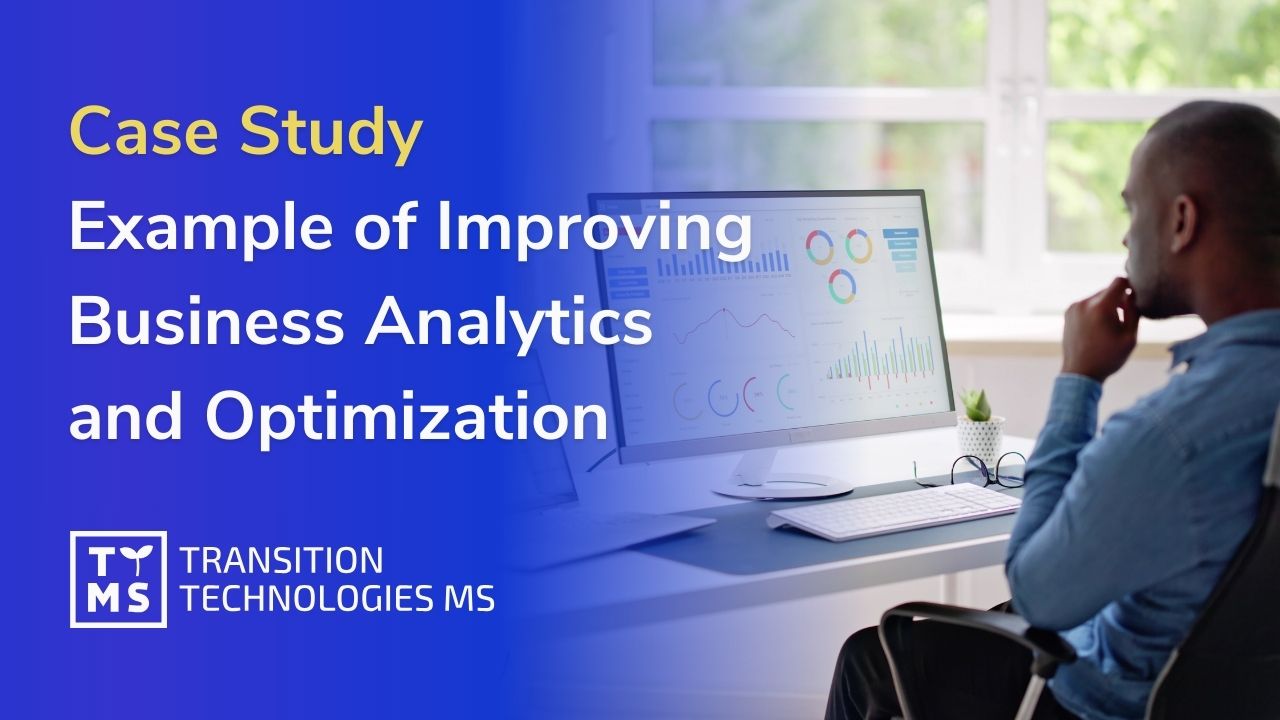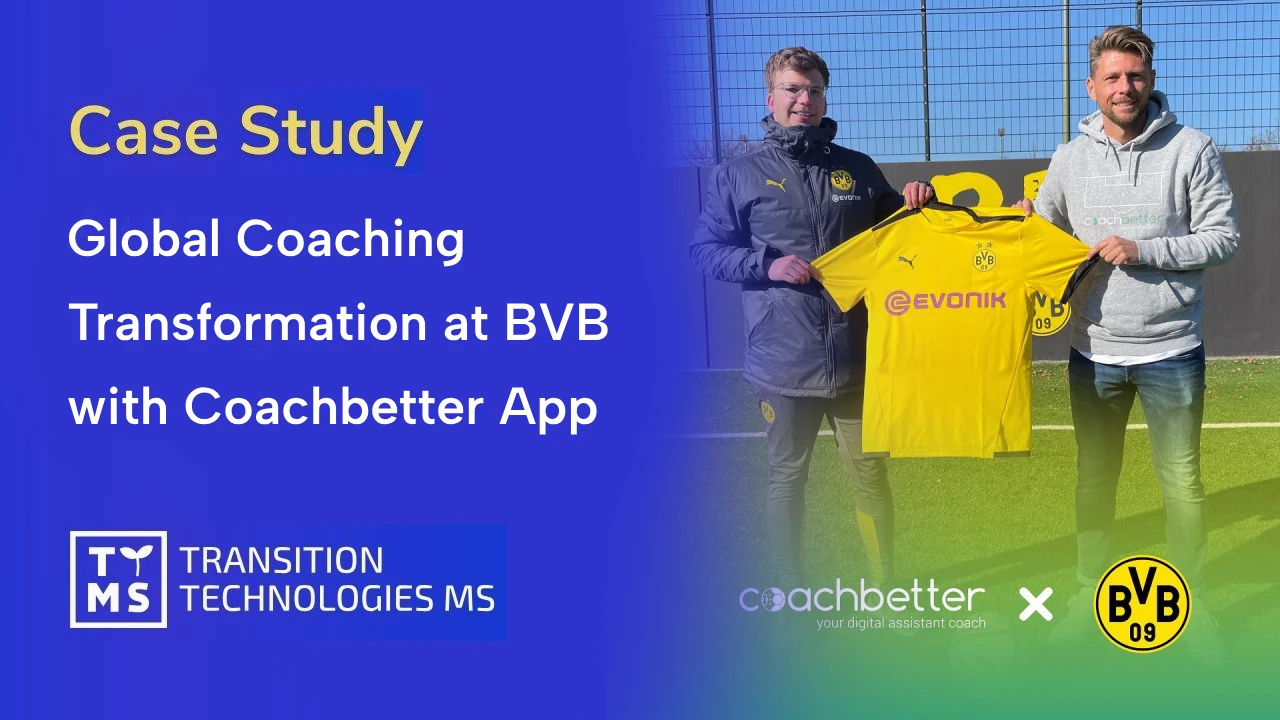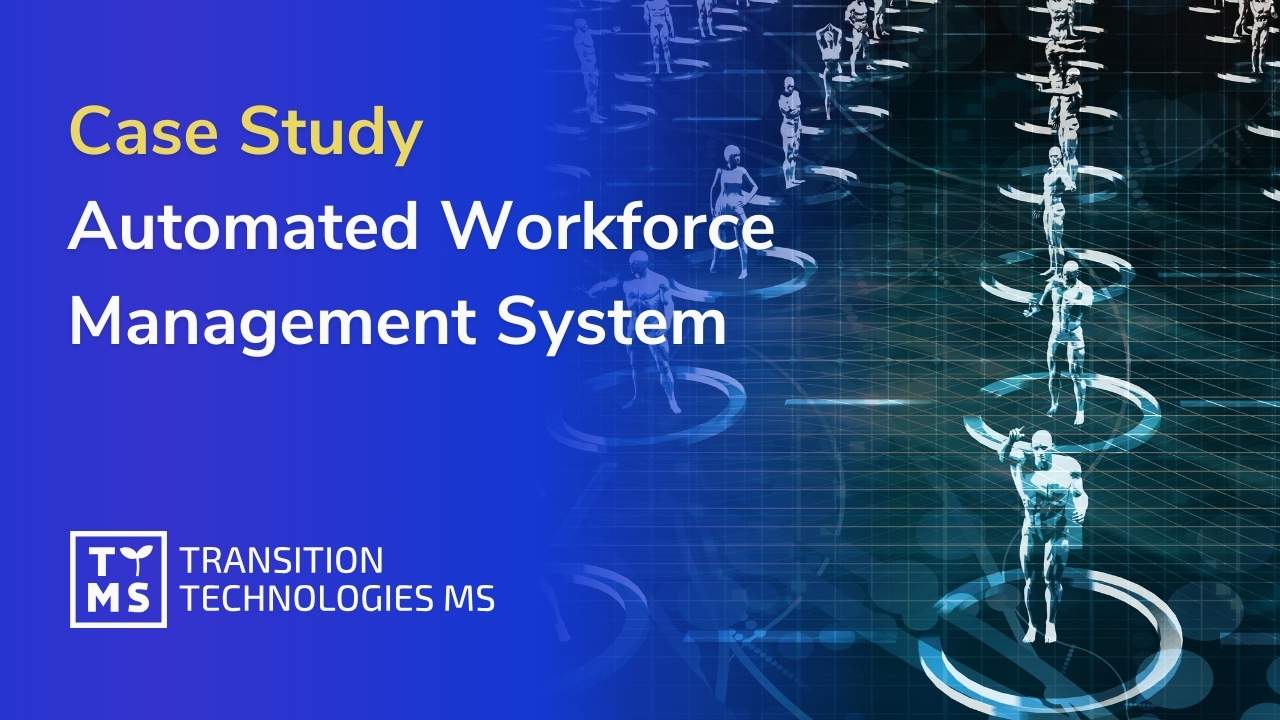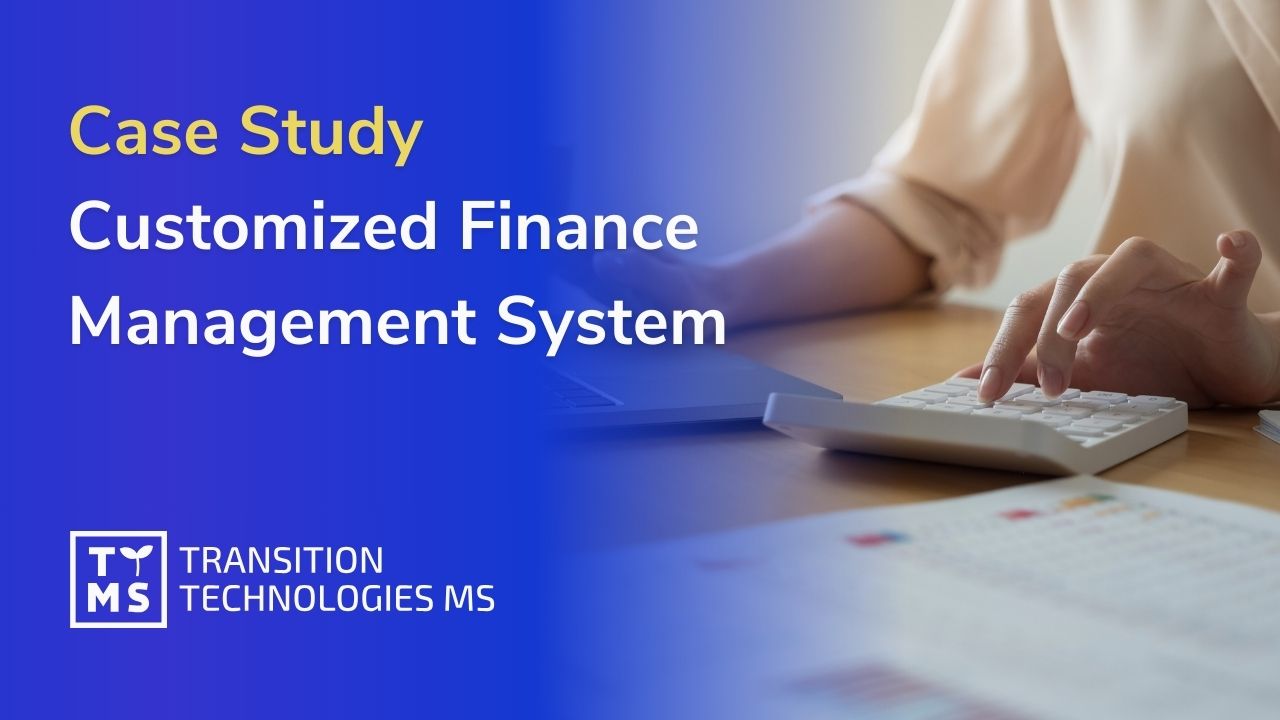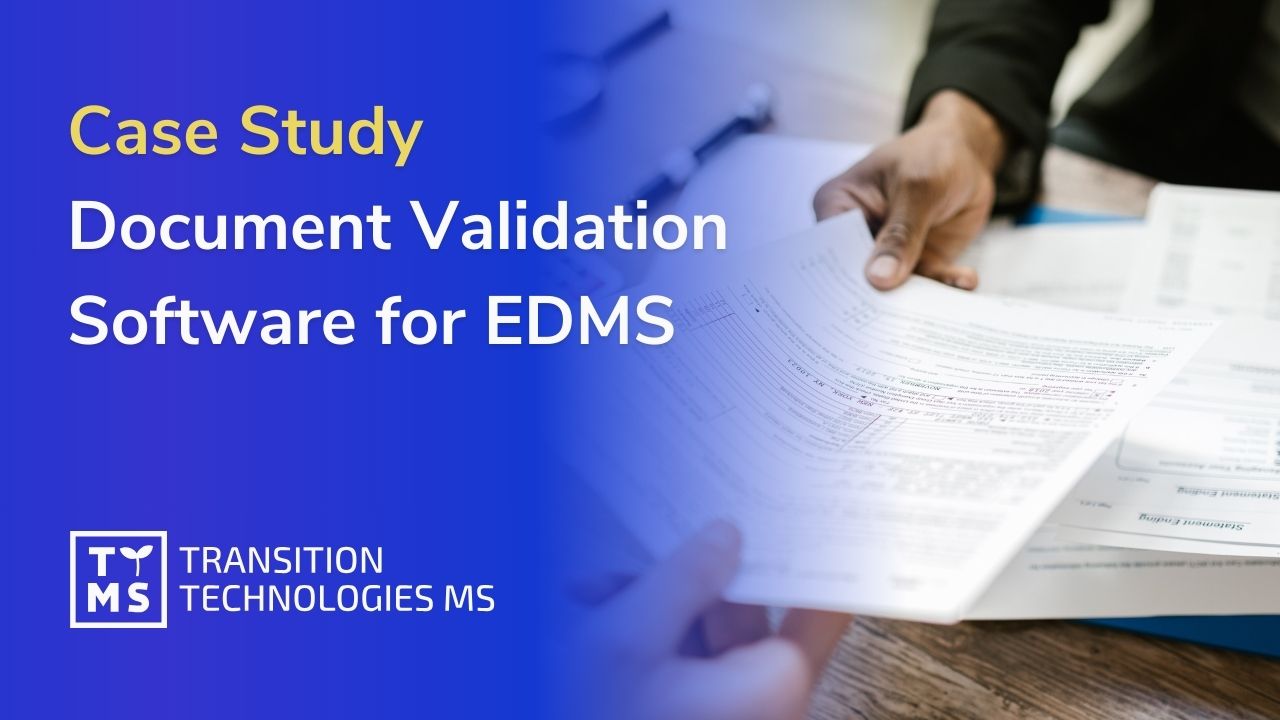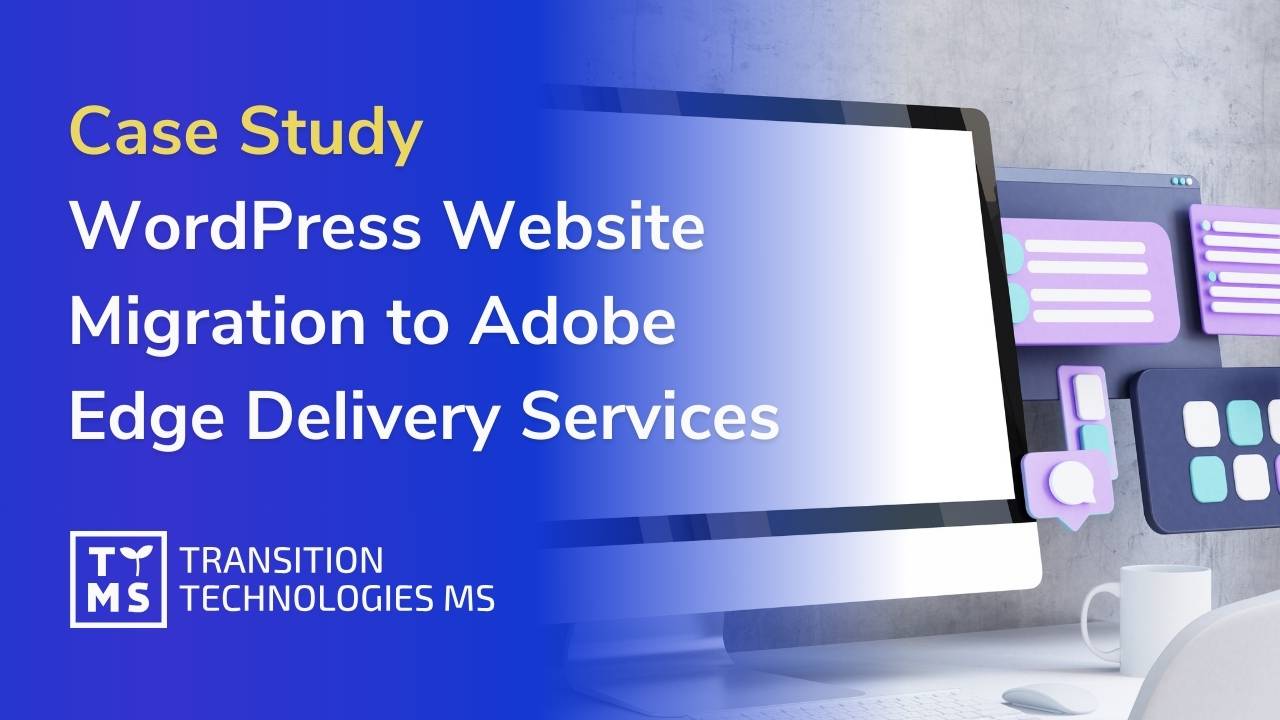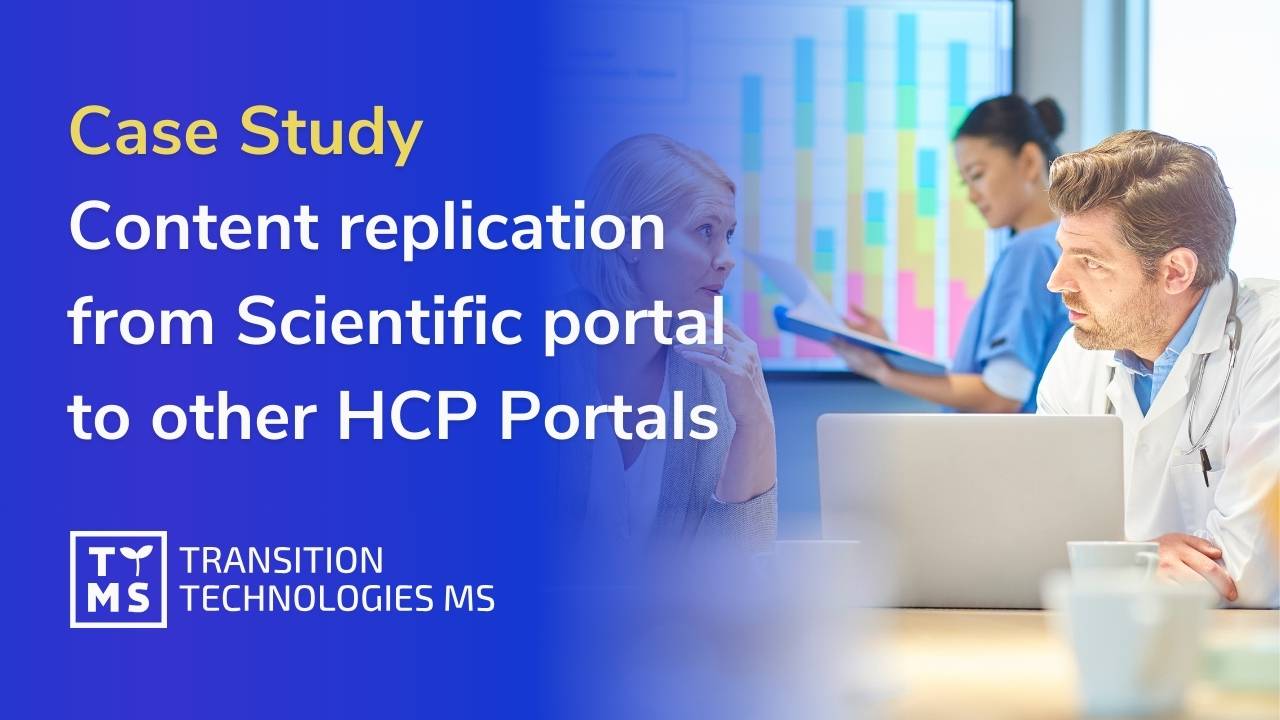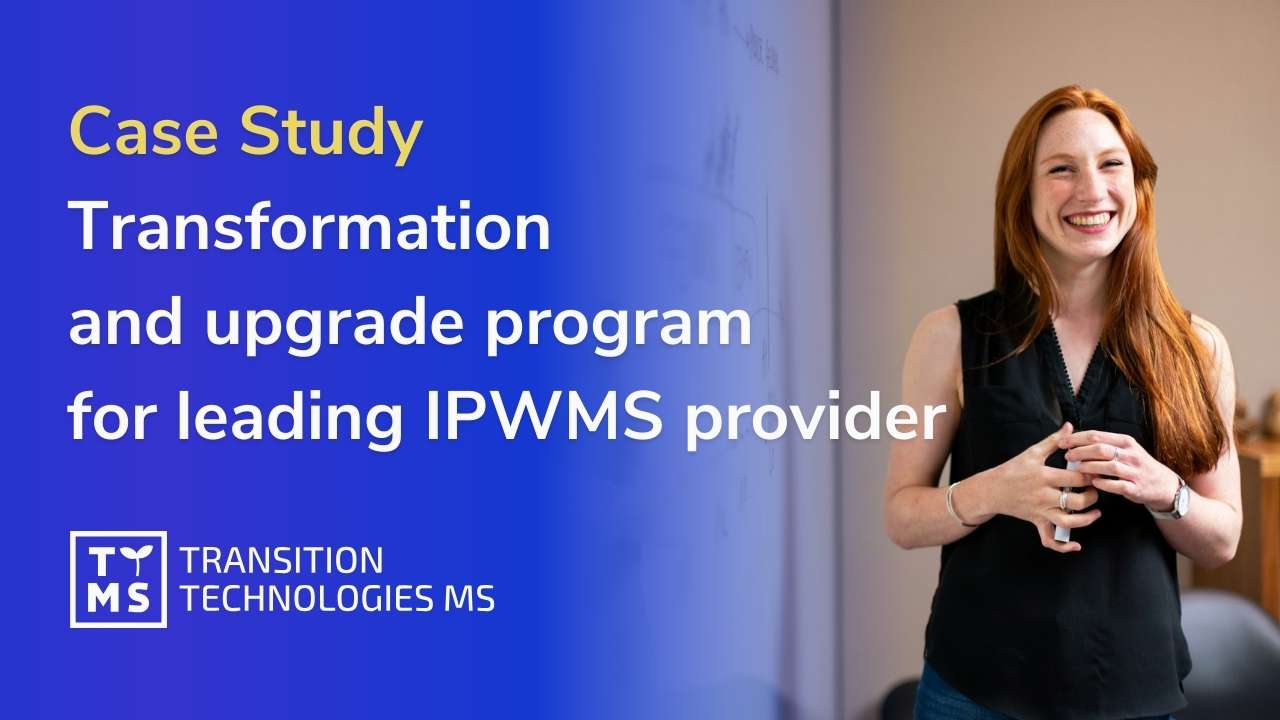
Workforce Management Case Study: Automating Processes for Strategic Advantage
In this Automating Workforce Management System Case Study our client is a global pharma company. Here, before contractors can be assigned to partner projects and begin work, they must go through an onboarding process specified by a Purchase Order. Monitoring headcount and ensuring the right skill sets are available to deliver planned initiatives is a critical task handled by the technology team and technology center managers at our client’s company.
Challenge: Overcoming Spreadsheet Limitations in Resource Planning and Coordination
Previously, in this Automating Workforce Management System example all resource planning was managed using spreadsheets. Delivery managers communicated with team managers to gather project perspectives, skill set expectations, seniority requirements, team sizes, and business partner expectations. Based on this information, team managers planned supply costs and placed resource orders.
Solution: Automating Workforce Management with an Integrated System
To streamline the process described in this Workforce Management Automated System Case Study, our client integrated an external tool, Perform, with its Demand module. Now, when delivery managers plan partner projects, they simultaneously provide data that, after rate computations, populates the Resource Plan in another part of the application. This monthly-recorded plan is then synchronized with the Perform application. This integration eliminates the need for spreadsheet records and manual headcount calculations.
Outcome
With the automation of essential planning tasks, team managers now have the capacity to delve deeper into project specifics. They can leverage detailed insights to compare demand versus resource plans more effectively, identifying potential areas for cost savings and operational efficiencies.
This Workforce Management Automated System example not only optimizes resource allocation but also strengthens organizational profitability by aligning workforce capabilities more closely with project requirements. By eliminating manual processes and integrating systems like Perform, our client has unlocked new avenues for strategic planning and decision-making, positioning themselves for sustained growth and operational excellence in their industry.
Are you interested in our Pharma Software Development Services? Explore our offer.
Conclusion: Advancing Strategic Planning and Efficiency with Automated Workforce Management System
The integration of Perform with the client’s workforce management system marks a significant improvement in operational efficiency and strategic planning capabilities. By automating resource planning and eliminating manual record-keeping, our client has empowered its team managers to focus on strategic analysis and optimization. This example of the Automated Workforce Management System highlights the importance of leveraging integrated tools to streamline processes and enhance decision-making in complex organizational environments like our client’s company.
Check other case studies
Ready to take your business to the next level?
Let’s talk about how TTMS can help.

Sunshine Ang Sen Shuen
Sales Manager


















